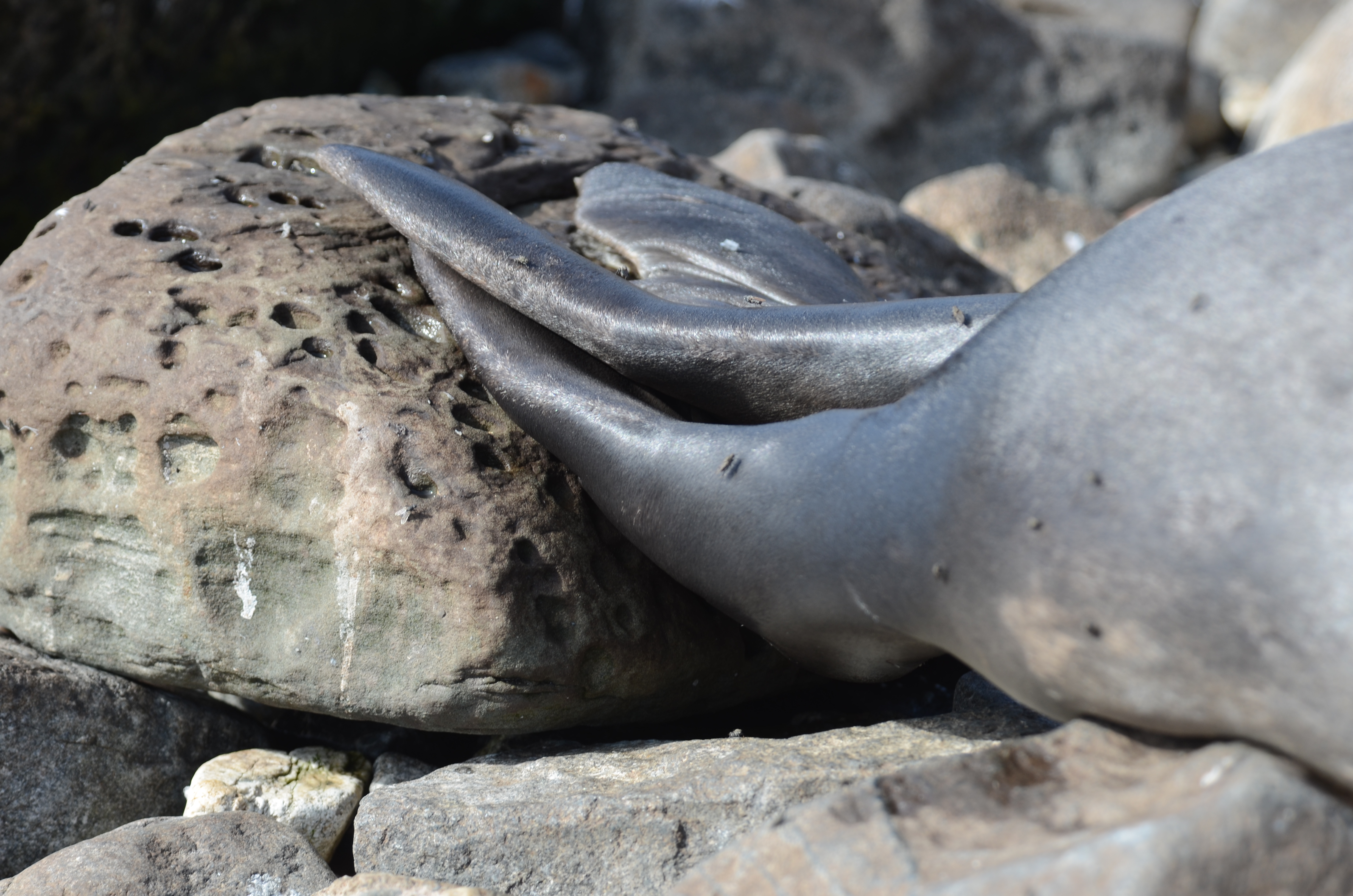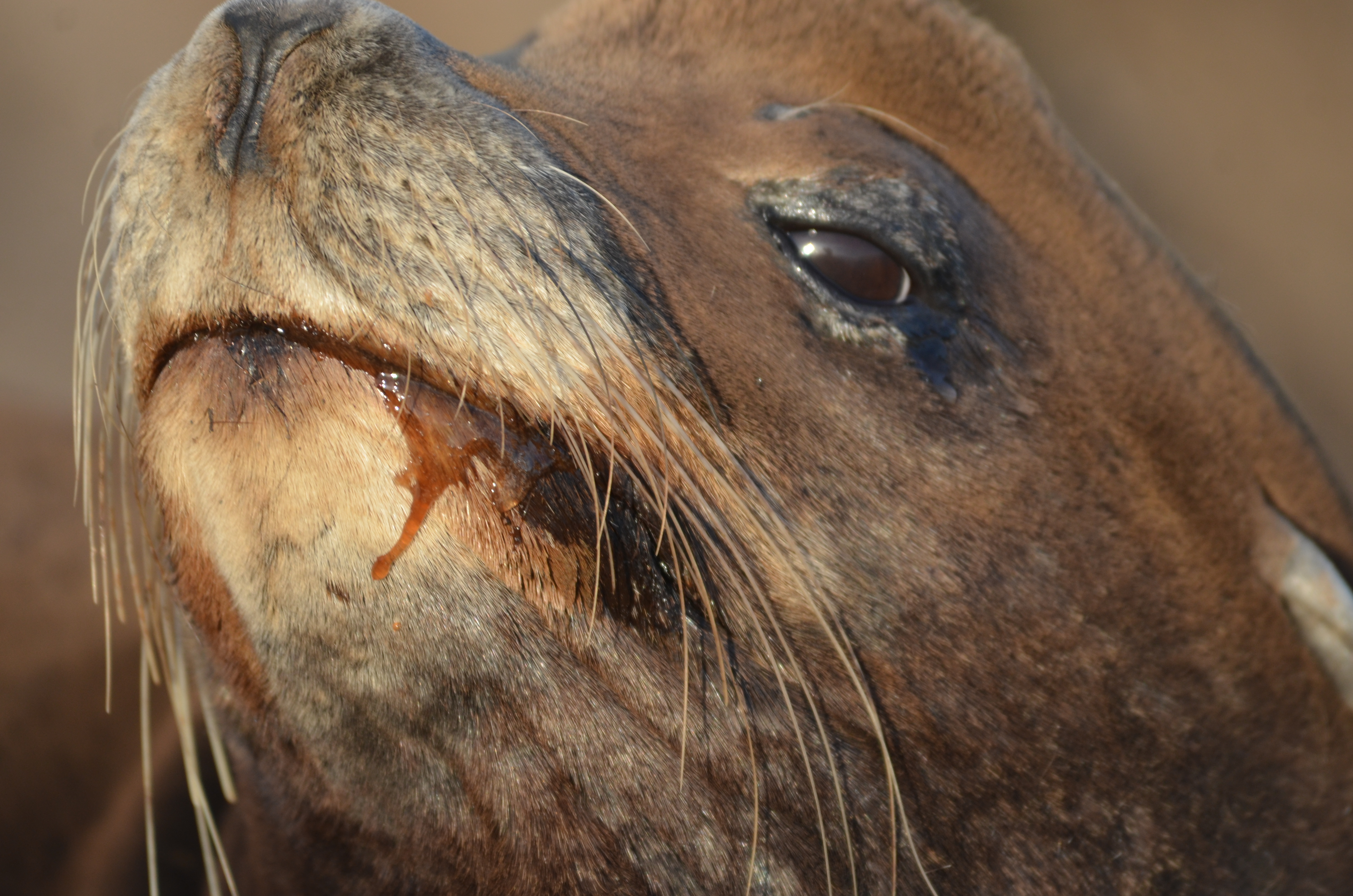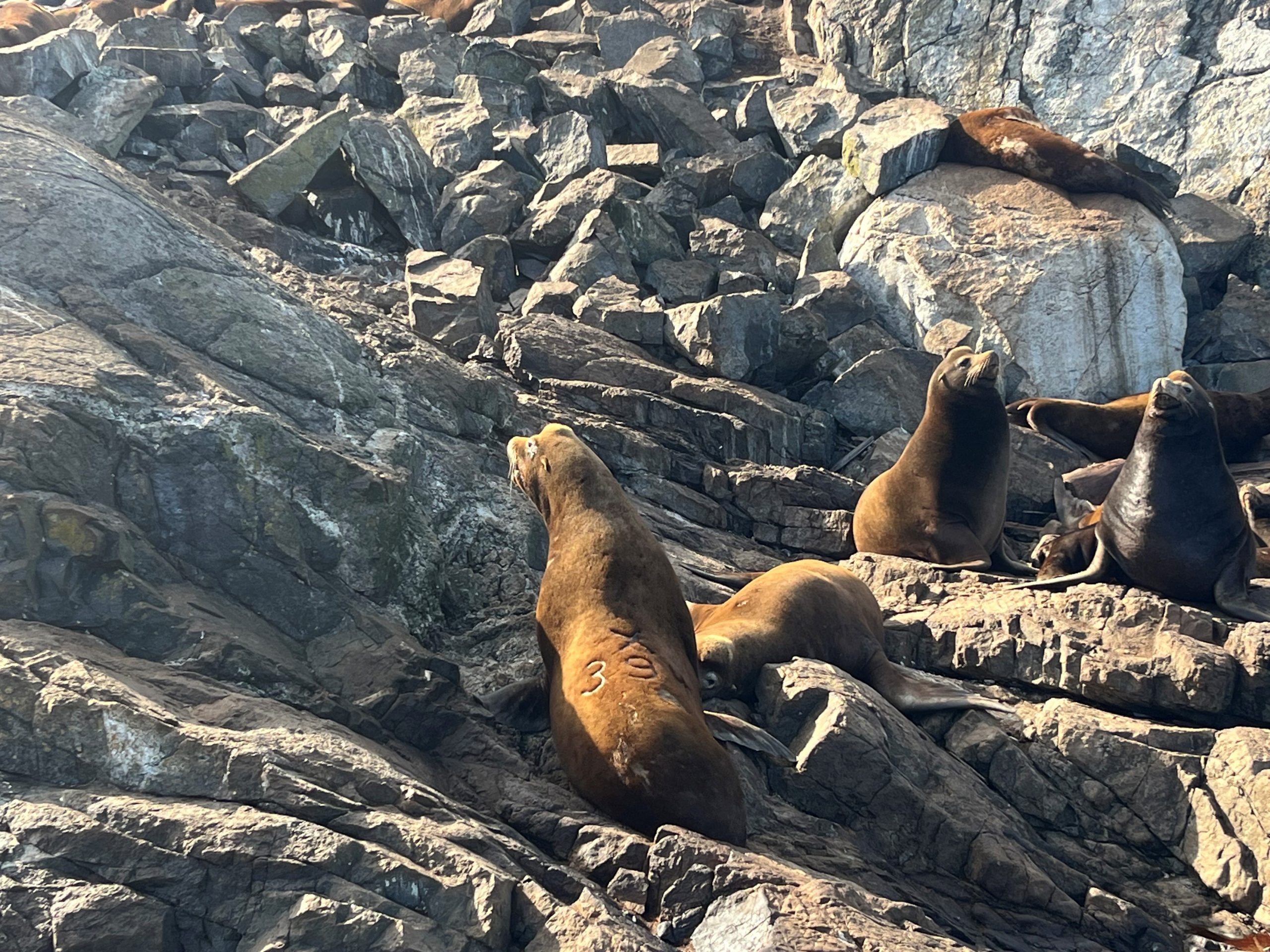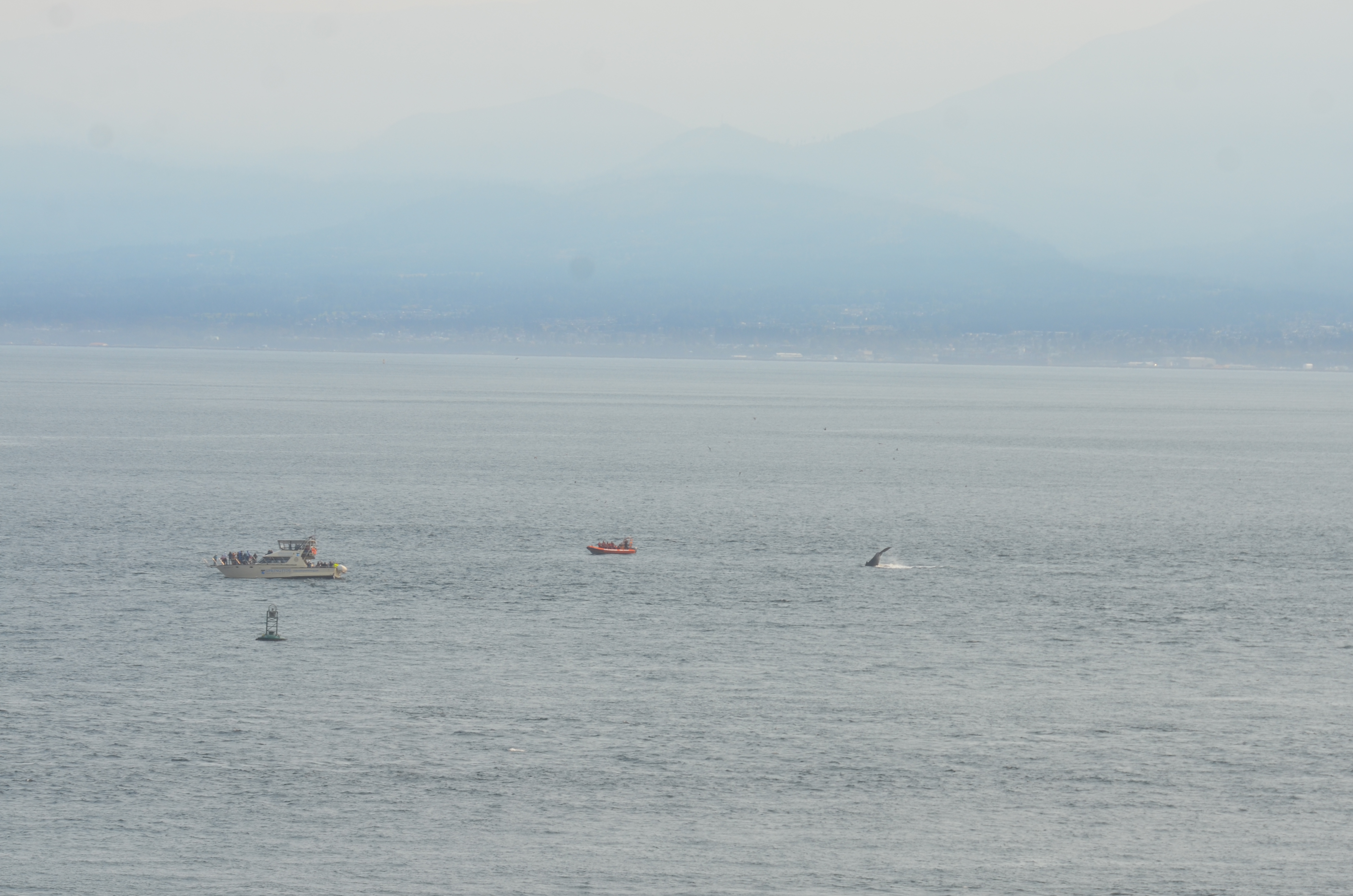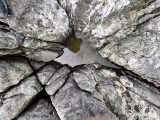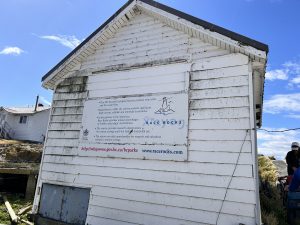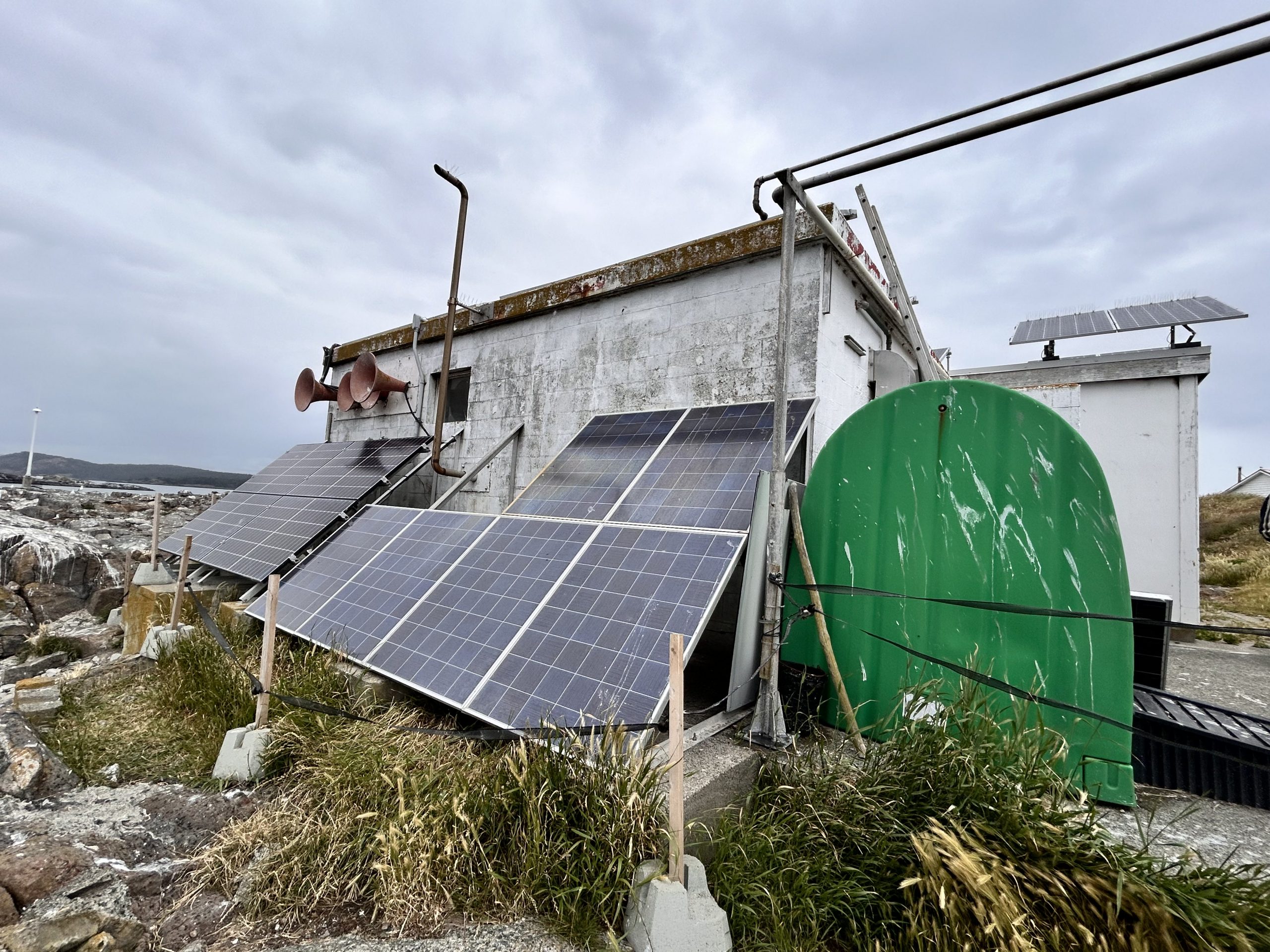Tuesday September 24, 2024
This morning we woke up to fog lapping at the shores of the island. Its honestly very magical to be fully socked in on a rock that you know is completely surrounded by water. But also, this really throws the problem of a malfunctioning foghorn into sharp relief.
We were obviously not alone in this thought, as we read an 8am email from the Coast Guard team who will be out here tomorrow to take another stab at repairing it.
We spent the morning cleaning the solar panels, making the daily fence repairs, and doing some general tidying for the week.
We also tried to capture some more identification photos of the Elephant Seal who has been around. Last week we reported her with my best guess of her tag number based off a couple glimpses from when her tail was at just the right angle.
The group we reported her to responded right away with a bunch of interesting information about her life. She was born in Ano Nuevo California in 2013. She has been spotted there many, many times since then, during the winter months, and has even had two babies of her own!
But they have no sightings of her in other locations up until now! So that is super exciting!
From a Race Rocks perspective, she also seems to be a Newcomer. Elephant seals have full reign of the island, and the guys who visit here often know that, and take advantage of it….. as recorded in many previous blogs,
This gal, however, is hanging down on the rocks on the South side of the island amongst all of her Sea Lion relatives.
In addition, speaking with some of the previous Eco-Guardians, there is usually another seal (Beverly) who is the first to arrive. She has a pink tag.. so we know this is not her. Maybe there is new newcomer on the block….?
The previous eco-guardians also shared this neat image, that shows the tag color correspondence with animal birthplace!
What a cool and simple way to track such amazing animals!
Anyways, I will continue on trying to get a clear tag picture.
Whale Watching Vessels: 10
Private Vessels: 0
Weather: Foggy and Overcast Day, Winds SW picking up to 15 knts in the Evening





